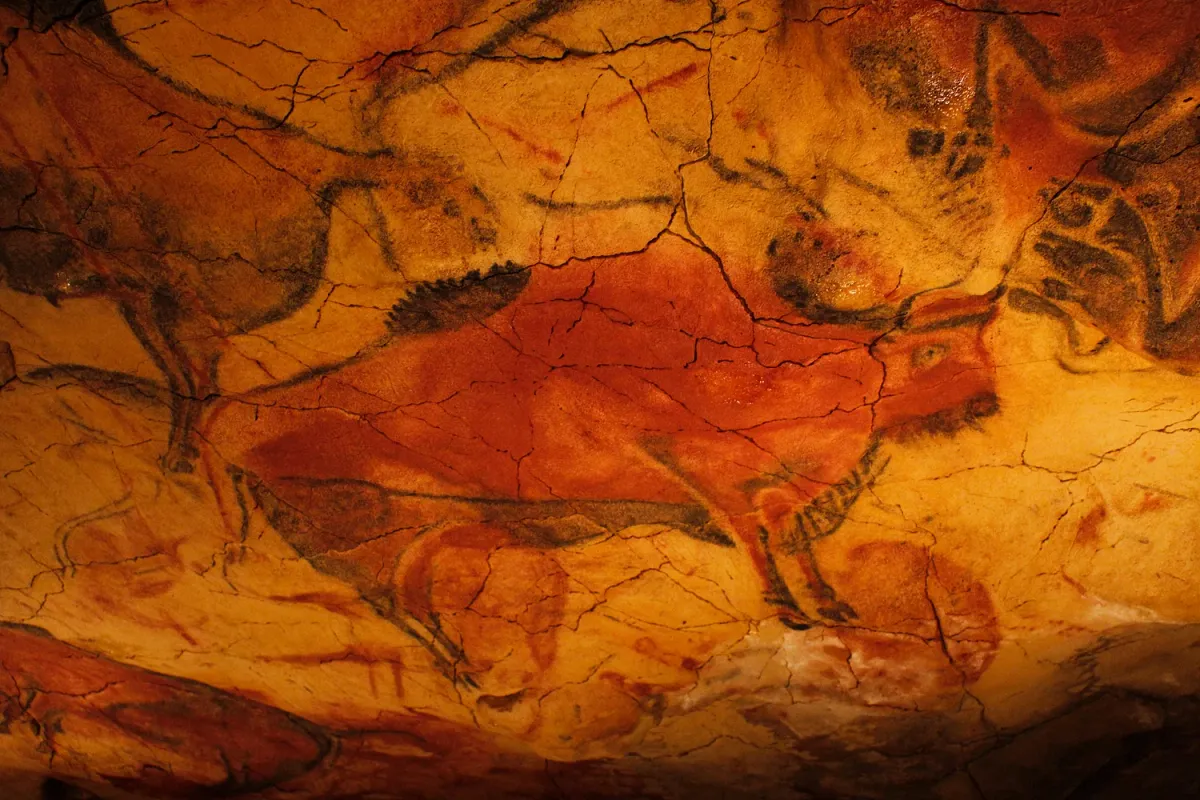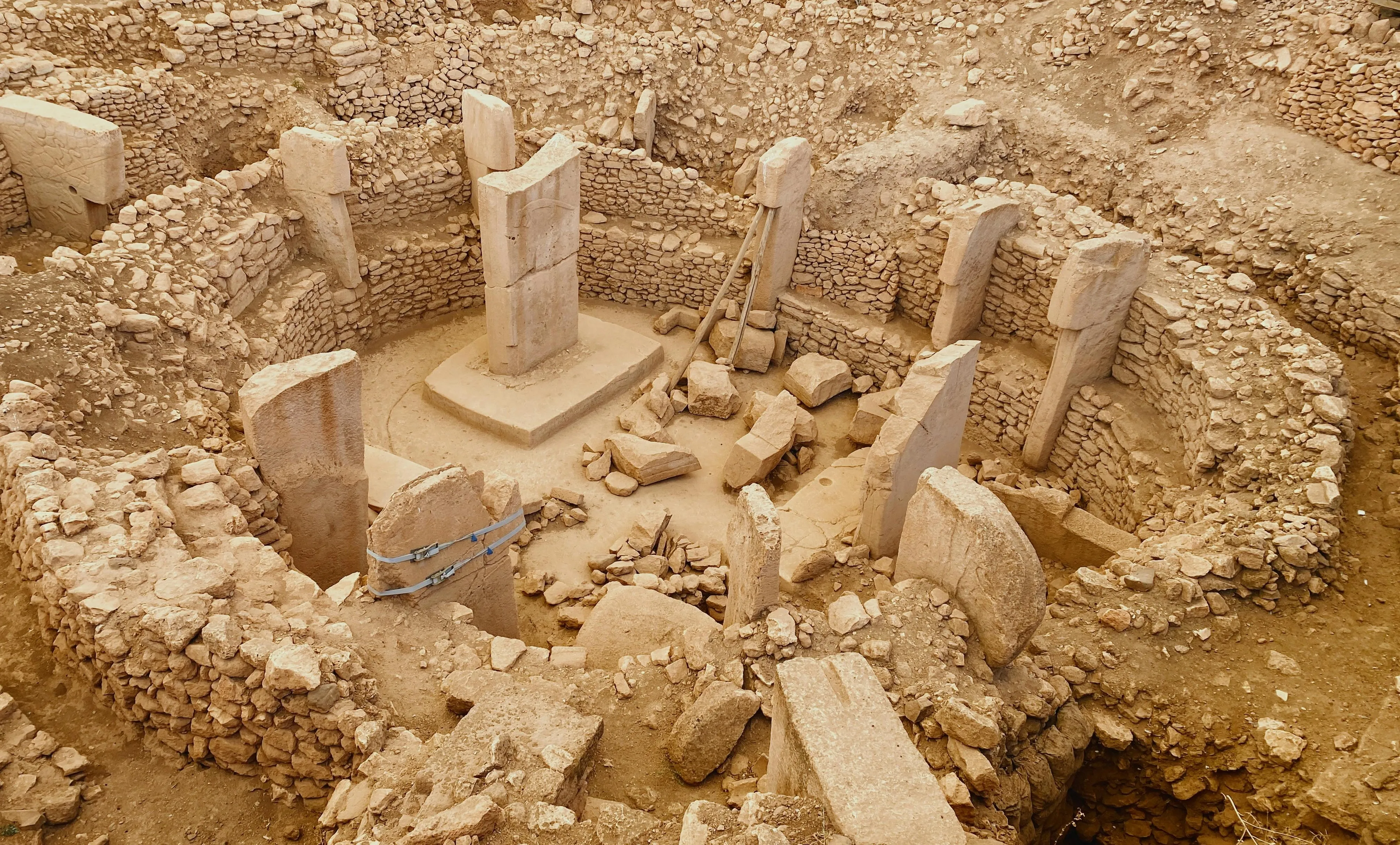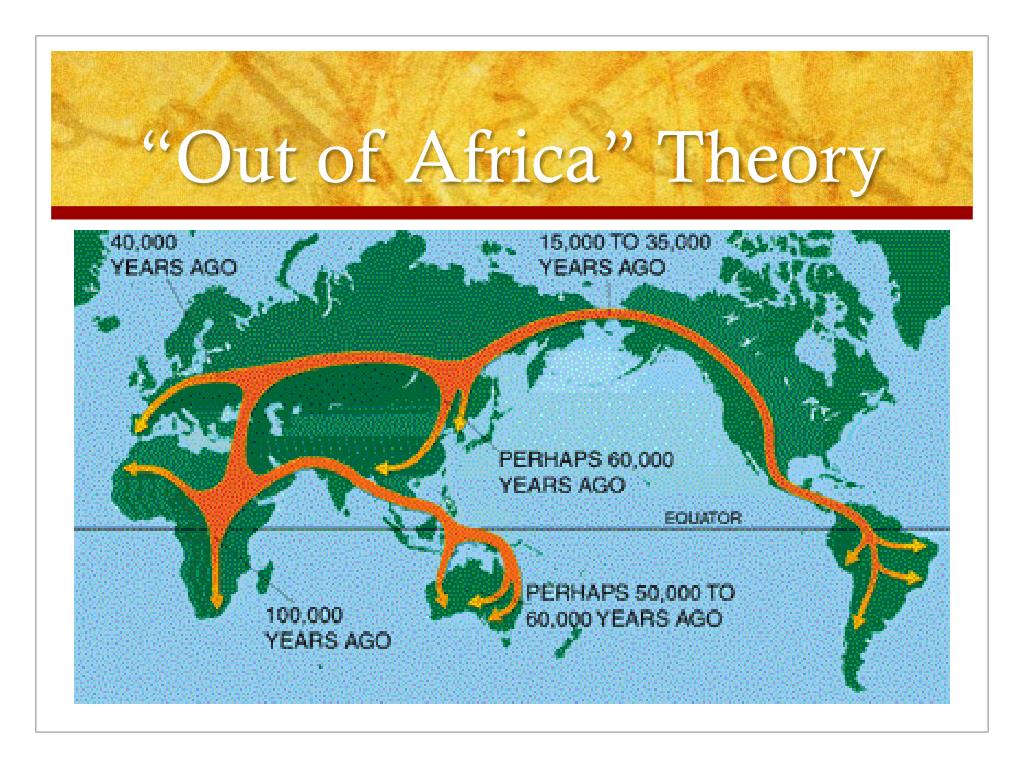Man of Altamira's Artistic Legacy - Exploring Pigment Sourcing and Prehistoric Trade Routes

Deep within the rolling hills of Cantabria, Spain, lies the Cave of Altamira, a UNESCO World Heritage site renowned for its extraordinary Paleolithic cave paintings. Discovered in 1879, these masterpieces, primarily attributed to the Magdalenian culture (circa 17,000 - 11,000 years ago), offer a breathtaking glimpse into the artistic ingenuity and cultural complexity of our ancient ancestors. While the artistry itself has captivated scholars and the public alike, the sourcing of the pigments used to create these vibrant depictions has become a fascinating area of research, revealing intricate trade networks and resourcefulness in the Paleolithic period.
Decoding the Palette: A Chemical Journey
Modern scientific analysis has been instrumental in unraveling the mysteries of the Altamira pigments. Techniques like X-ray fluorescence (XRF) and Raman spectroscopy allow researchers to identify the mineral composition of the paints without causing damage to the priceless art. This meticulous work has revealed that the Magdalenian artists of Altamira were masters of their environment, exploiting a diverse array of local and, surprisingly, non-local materials.
Key pigments identified include:
- Ochre: The most prevalent pigment, ochre, provides a range of yellows, reds, and browns. It derives from naturally occurring iron oxide minerals like hematite (red) and goethite (yellow/brown), readily available in the surrounding Cantabrian landscape.
- Charcoal: Black hues in the Altamira paintings originate from charcoal, likely produced by controlled burning of wood. This readily available material underscores the resourcefulness of the artists.
- Manganese Dioxide: Used for black and dark brown shades, manganese dioxide is particularly interesting. While locally available, its presence in higher concentrations within the cave paintings suggests possible trade or deliberate sourcing from more distant locations.
- Other Minerals: Analysis has also detected traces of other minerals like calcite (white), quartz (for filler), and even speculation around the use of vivianite, a rare blue-green iron phosphate mineral, though its presence is still debated.
Beyond the Cave: Evidence of Prehistoric Trade
The presence of manganese dioxide, potentially sourced from areas farther afield, raises intriguing questions about prehistoric trade networks. While the exact distances these materials traveled remain uncertain, their existence in the Altamira paintings points to a level of social interconnectedness that extends our understanding of Paleolithic societies.
Studies examining the geological sources of pigments at other Paleolithic cave art sites across Europe, such as Lascaux and Chauvet in France, have also identified the use of non-local pigments. This recurring theme strengthens the theory that the exchange of materials, whether through direct trade, gift-giving, or other forms of social interaction, played a role in these ancient cultures.
Man of Altamira: A Symbol of Artistic and Cultural Exchange
The "Man of Altamira" isn't a single individual but rather refers to the collective humans who created the art within the cave. Their legacy extends beyond the breathtaking beauty of the paintings themselves. The sourcing of the pigments provides a tangible link to the wider Paleolithic world, illustrating that even in prehistoric times, humans were connected by more than just proximity. These early artists were not isolated groups but part of a complex web of interactions, sharing not just resources but potentially ideas and artistic traditions.
Looking Back to Understand the Human Story
The ongoing research into the pigments of Altamira and other Paleolithic cave art sites offers a fascinating window into the past. It showcases the ingenuity of early humans, their deep connection to their environment, and their capacity for social exchange. As scientists delve deeper into the chemical composition of these ancient masterpieces, we gain a richer understanding of the "Man of Altamira" – not just as skilled artists, but as interconnected members of a wider prehistoric world.


















Comments ()